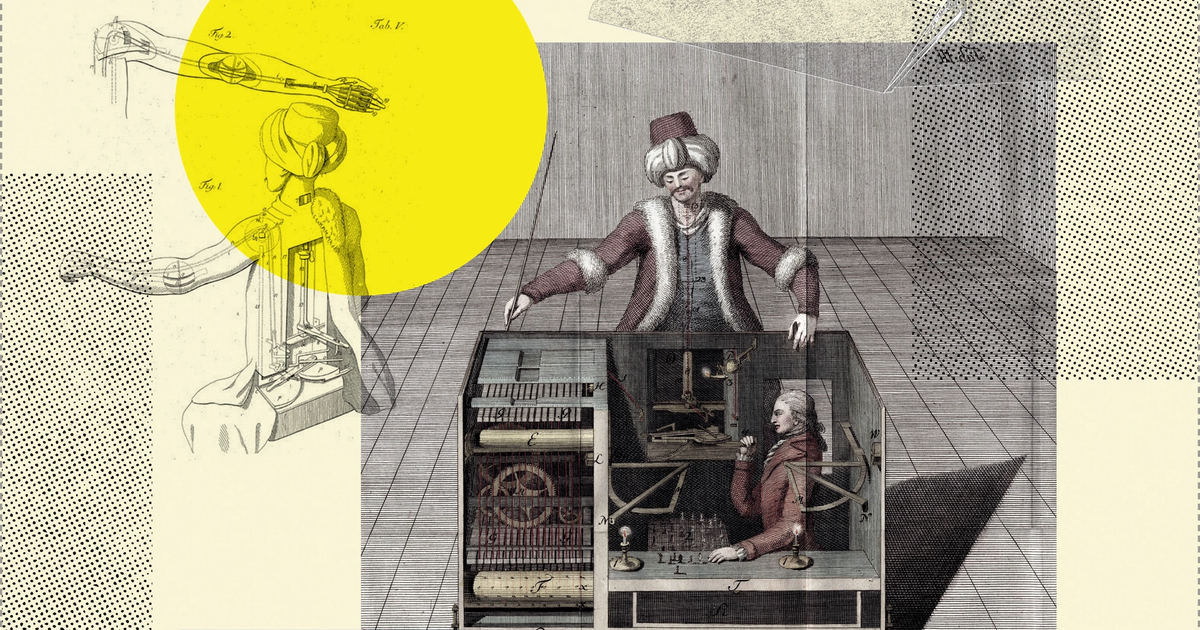This appears to be an intriguing skill, with wide-ranging applications.
The task of categorizing and organizing vast amounts of data is a fundamental challenge in journalism and research. Sometimes, this task is straightforward—determining if a person was convicted of a crime or if a patient recovered after treatment. However, it can also be complex and nuanced, such as deciding if a specific post violates a set of community standards, necessitating a deep understanding of context and language.
Machine learning, where a computer uncovers implicit rules and relationships, offers a valuable approach to managing such information. This method has significantly advanced image recognition. Yet, it can inadvertently make connections (like associating success with the name “Thomas” at a company) and embed existing biases into its comprehension of the world.
In contrast, this process reverses the approach by inputting rules, even intricate ones, into a system and tasking the machine with using its language proficiency to determine if examples conform to them.
A preliminary test indicates significant potential. It correctly inferred that a woman from a synagogue might be Jewish and that individuals removing posters of Israelis in Gaza could harbor bias against Jews. It also recognized that these motives might not apply to an attack on a Black woman, showcasing nuanced understanding.
Taking it further, I assessed its ability to handle more complex instructions by evaluating real stories for misinformation and misrepresentation regarding trans issues, based on the Trans Journalists Association guidelines and other sources. This exercise required the bot not only to analyze the content but also to identify potential missing context.
For instance, when presented with a lengthy piece on “detransition,” where trans individuals reverse their transition, the bot highlighted contextual gaps, including:

Impressively insightful. (Note that agreement with TJA’s guidelines is not mandatory; the key point is the bot’s adeptness at interpreting provided rules.)
Numerous other applications exist. For instance, a fellow student is exploring the detection of New York City Housing Authority guideline violations, aiming to determine if a bot can accurately flag potential issues in reports and identify the specific rule infringed.
In summary, this showcases another valuable application of generative AI, leveraging its core strengths rather than striving to create an all-knowing machine.










